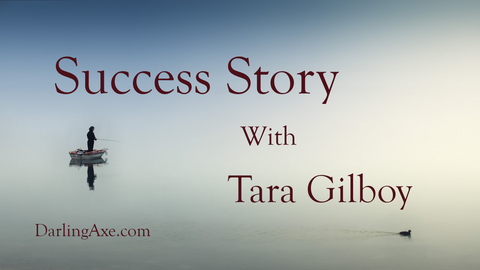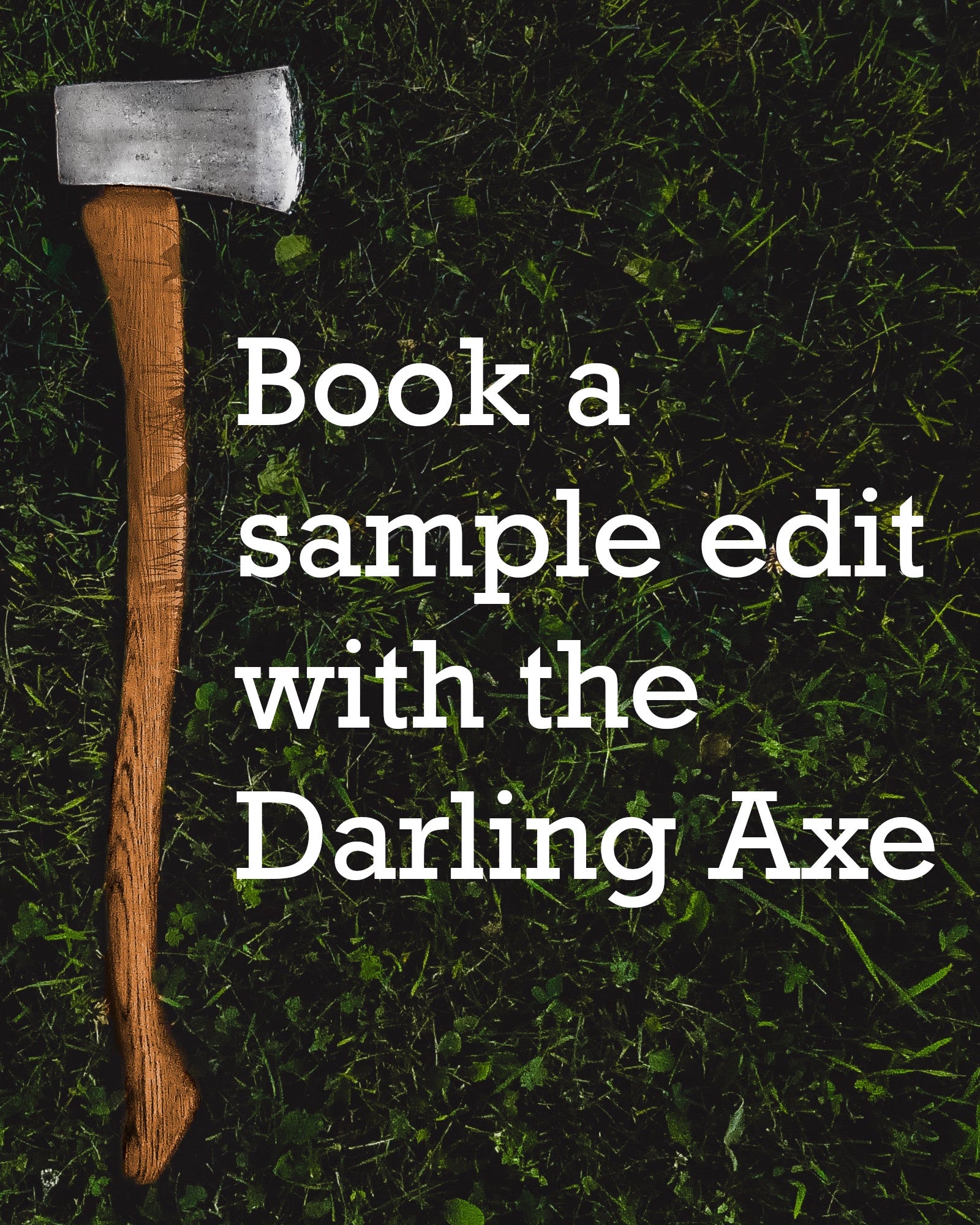Success Story with Tara Gilboy

 Tara Gilboy holds an MFA in creative writing from the University of British Columbia, where she specialized in writing for children and young adults. She teaches for San Diego Community College District’s continuing education program and is the author of Unwritten and its forthcoming sequel, Rewritten. You can find her at taragilboy.com and on Twitter as @taramgilboy.
Tara Gilboy holds an MFA in creative writing from the University of British Columbia, where she specialized in writing for children and young adults. She teaches for San Diego Community College District’s continuing education program and is the author of Unwritten and its forthcoming sequel, Rewritten. You can find her at taragilboy.com and on Twitter as @taramgilboy.Early Stumbles
When I was in third grade, I told my teachers I wanted to be an author. I was always writing stories, and I wanted information about how I could send them to publishers. My teachers warned me that when you submit to publishers, the pages come back full of red pencil marks, and I remember thinking, Not my stories! My stories are great! Publishers are going to be amazed an eight-year-old can write this well!
I was so young, and this misconception is so obviously the naïve dreamings of a little girl, that I wouldn’t even bother to share it here except that this line of thinking followed me, in some variation or another, all through school, and into college, and then into my first year of grad school...
Somehow, I thought that if someone was a “good writer” (whatever that means), she was bound to get the story right on her first try, and so I sat down to write the great American novel. Only... writing is hard! I started one story, and then another, putting each one into the drawer about a hundred pages in and feeling like a failure. It took me years to realize that I needed to give myself permission to write badly and push through to the end of a draft. The real magic happens in revision.
The BreakthroughI think the turning point for me happened during my MFA at UBC. I was taking a class on novel writing and trying to craft this very serious, very literary adult novel, and I was kind of miserable. The class was wonderful, and I had an amazing teacher, but I didn’t really care about my story and characters. Working on the novel became a chore. At the same time, I was taking a course on children’s book writing, and I loved the books we read there. I loved the discussions and the exercises, and the sense of play I felt when I worked on children’s books. That whole year really transformed me as a writer, as I realized I wanted to be writing the kinds of books that made me a reader in the first place: for me, those were middle grade novels. Publishing was still a long path after that realization, but that moment was pivotal for me.
Lessons Learned
Every protagonist needs to have a tangible goal he or she can go after. Without that, you don’t have a novel. I think as writers, we know that our characters need desires, but often we try to get away with something intangible like, “Oh, my
 protagonist wants to be loved,” or “My protagonist wants to fit in.” These are powerful inner driving forces for what your character says and does, and they can be great for showing internal change, but they are not tangible goals, and without something external that the protagonist can take concrete action pursuing (Winning the award! Solving the mystery! Getting revenge on the ex-boyfriend!), you’re in trouble as a writer. This pursuit holds the book together: it’s what makes the manuscript a story rather than a series of random events. Apparently it takes me a bit longer than most people to learn from my mistakes because I confronted this problem over and over before the lesson sank in. Every book that I started and put in a drawer failed because of this lack of a tangible goal. The hardest part is that the goal must matter deeply to the protagonist: this is what makes pinpointing the goal such a challenge. Often I’m on my second or third draft before I’ve got it pinned down.
protagonist wants to be loved,” or “My protagonist wants to fit in.” These are powerful inner driving forces for what your character says and does, and they can be great for showing internal change, but they are not tangible goals, and without something external that the protagonist can take concrete action pursuing (Winning the award! Solving the mystery! Getting revenge on the ex-boyfriend!), you’re in trouble as a writer. This pursuit holds the book together: it’s what makes the manuscript a story rather than a series of random events. Apparently it takes me a bit longer than most people to learn from my mistakes because I confronted this problem over and over before the lesson sank in. Every book that I started and put in a drawer failed because of this lack of a tangible goal. The hardest part is that the goal must matter deeply to the protagonist: this is what makes pinpointing the goal such a challenge. Often I’m on my second or third draft before I’ve got it pinned down.The Synthesis
My new book, REWRITTEN, is a sequel to my debut, and it releases April 7, 2020. My favorite part of writing this book (other than getting to spend more time with my characters) was that it pushed me to study different kinds of stories and think about what each genre’s tropes and clichés are. For this novel, I wanted to play around with the horror genre, so I read a lot of classic gothic horror like Dracula and Frankenstein and thought about what elements are commonly used in horror and how to both poke fun at those tropes and use them in new ways (and in ways that were appropriate for a middle grade audience). I loved being able to play like that, and I hope it’s fun for readers as well! Here’s the official blurb:
After learning the truth about her own fairy tale, twelve-year-old Gracie wants nothing more than to move past the terrible things author Gertrude Winters wrote about her and begin a new chapter in the real world. If only things were going as planned. On the run from the evil Queen Cassandra, the characters from Gracie’s story have all been forced to start over, but some of them cannot forget Gracie’s checkered past. Even worse, Gracie discovers that her story is still being written in Cassandra’s magic book, the Vademecum. As long as Cassandra has the Vademecum, none of the characters are safe, including Gracie’s mom and dad. In a desperate attempt to set things right, Gracie finds herself transported into another one of Gertrude’s tales—but this one is a horror story. Can Gracie face her destiny and the wild beast roaming the night, to rewrite her own story?
 You can buy the first book at:
You can buy the first book at:Amazon
Barnes and Noble
Indiebound






